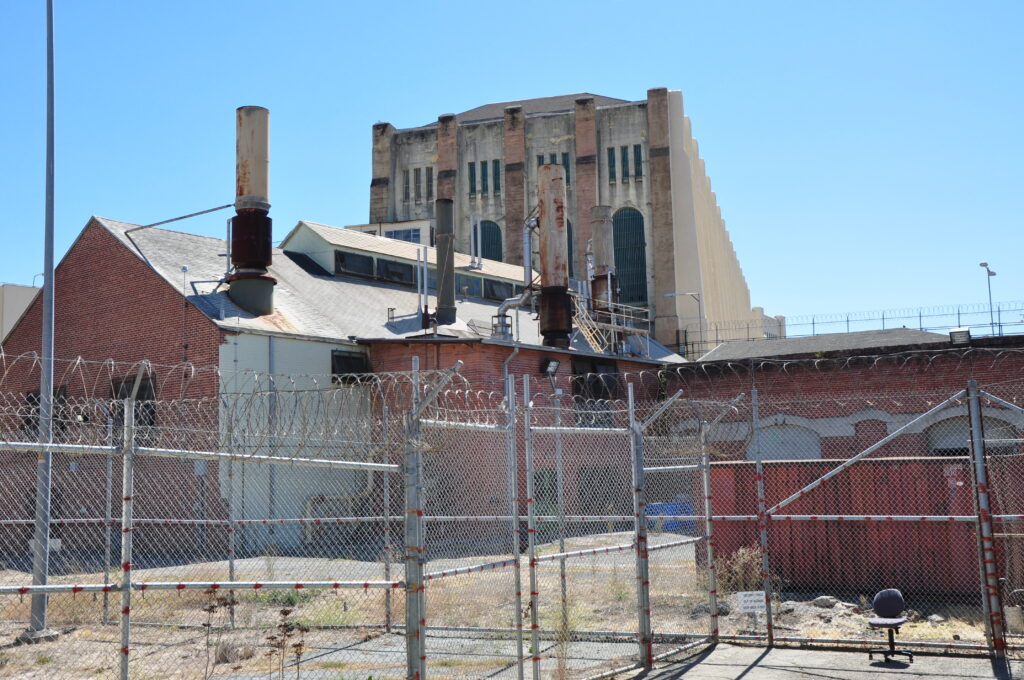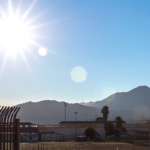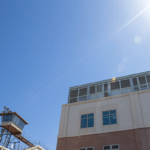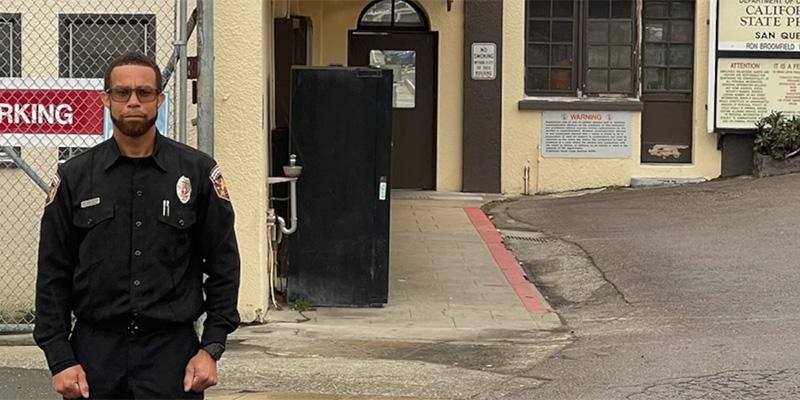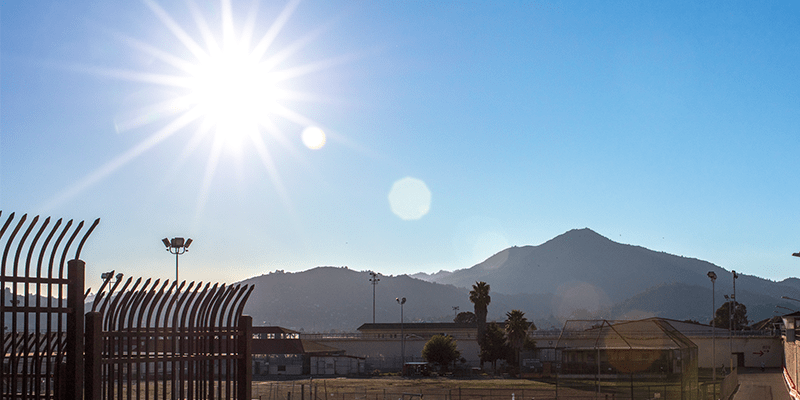In March of 2020, San Quentin State Prison had an outbreak of Covid-19. Social distancing was the first line of defense against the virus. Social distancing seems to work for the public, who stayed in their homes; they worked from their home and at the same time safeguarded their community. A spacious environment is ideal for combating the coronavirus. There is a big debate over the Government telling people what to do and when to do it, but people had no problem following social distancing protocol.
There was a mandate for all residents at San Quentin State prison to social distance. The question is how you can social distance in an overcrowded prison. To manage the health care of incarcerated people against COVID-19, it requires more than what was done. The prison has had problems with viruses, and other outbreaks. After three months had gone by, prison officials started to move its residents to different parts of the prison. Prison Industry Authority workshops were cleared out and turned into makeshift dormitories. Tents were set up on the main exercise yard so that people could be housed there. The thing about dorms and tents there was still no social distancing because there were too many people in the dorms. If you have a prison facility built for a limited capacity, and then you succeed in that capacity, that is too many bodies in one area. Social distance was good for the public, but not an overcrowded prison. San Quentin is a very old prison dating back to the 1800’s, its original design was for less than half the people housed in it today.
The prison remained in social distance protocol for about a year. The virus had become minimal so the social distancing was working. The housing unit was 80% single cell occupancy. The prison even transferred a number of the incarcerated to other facilities within California. Therefore, when there were less people in area design occupancy, social distancing worked. However, after all the social distancing, COVID-19 infections seemed to be minimal. In mid-2021, the prison went back to regular programming. The residents at the prison filed Writs of Habeas Corpus in Marin County Superior Court, based on deliberate indifference. The residents watched the court proceedings via zoom. The prison authorities began to double-occupy all cells once again. In January of 2022, the virus was back; all the programs were suspended at San Quentin, in April of 2022, a little over two years after the original outbreak. The cells in West Block and North Block were at full double bunk capacity, and then there was another outbreak. Once again, the prison failed to adequately fight the virus because of its eagerness to hold on to overcrowding.
Today the virus is still present. Busses are still coming into San Quentin, increasing the population. Prior to the pandemic, a Federal Three Judge Panel said, overcrowding causes inadequate healthcare, and assigned Federal receivership to oversee CDCR medical responsibilities. Some of our friends did not make it through the first or the second outbreak, how many more lives can we lose? Is there any concern within California’s Justice System for the incarcerated healthcare, or is there a systematic disregard for the life of prisoners?
